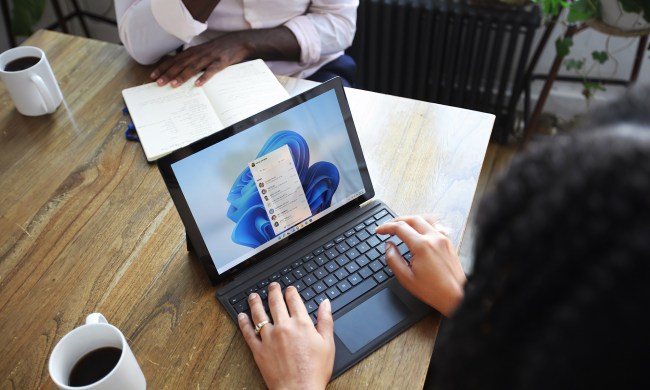Game Bar has the ability to take screenshots and record on-screen video, which isn’t a function that’s particularly novel. We’re all well beyond the days of requiring FRAPS to record game footage for us. Nowadays there are a multitude of solutions to handle this, but if Windows comes with its own built-in one that won’t require the use of third-party services, it could catch on for streamers and Youtube gamers.
Accessing it is not the easiest at the moment, and this has led some like Betanews to hail this feature as a hidden one. Perhaps that is the case, but considering it’s now linking the Xbox One with Windows 10, it wouldn’t be surprising if the company made an announcement concerning this feature in the coming few days.
Related: Microsoft launches 10 reasons to upgrade to Windows 10 campaign
For any Windows Insiders that want to try out game-recording or screenshots with the Game Bar, you can activate the toolbar by hitting Windows Key+G. After accepting a quick pop-up message, you are then given access to the ‘Bar’ overlay, which has clickable buttons for recording and picture-taking. They can also be triggered with the Windows Key+Alt+R shortcut.
The fact that this system is built into a part of the Xbox App on Windows 10 should offer console gamers an alternative for getting their footage out there. And if they want to perform more comprehensive editing, streaming games to their PC and recording them straight there might be a handy time saver.
Do you think Microsoft is too late to the table with game recording? Or will it build a nice audience by virtue of being the most easily accessible for new Windows 10 users?



